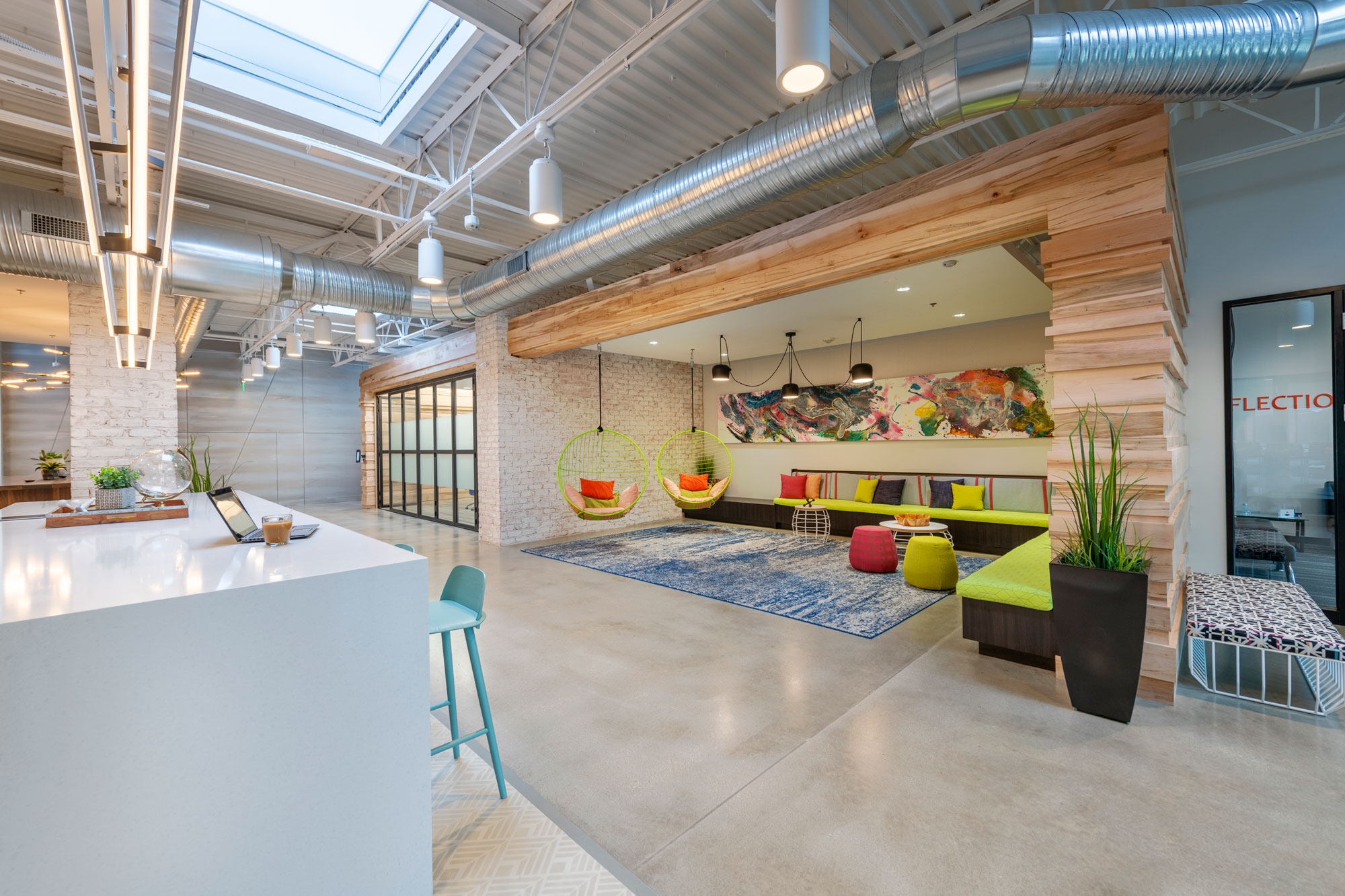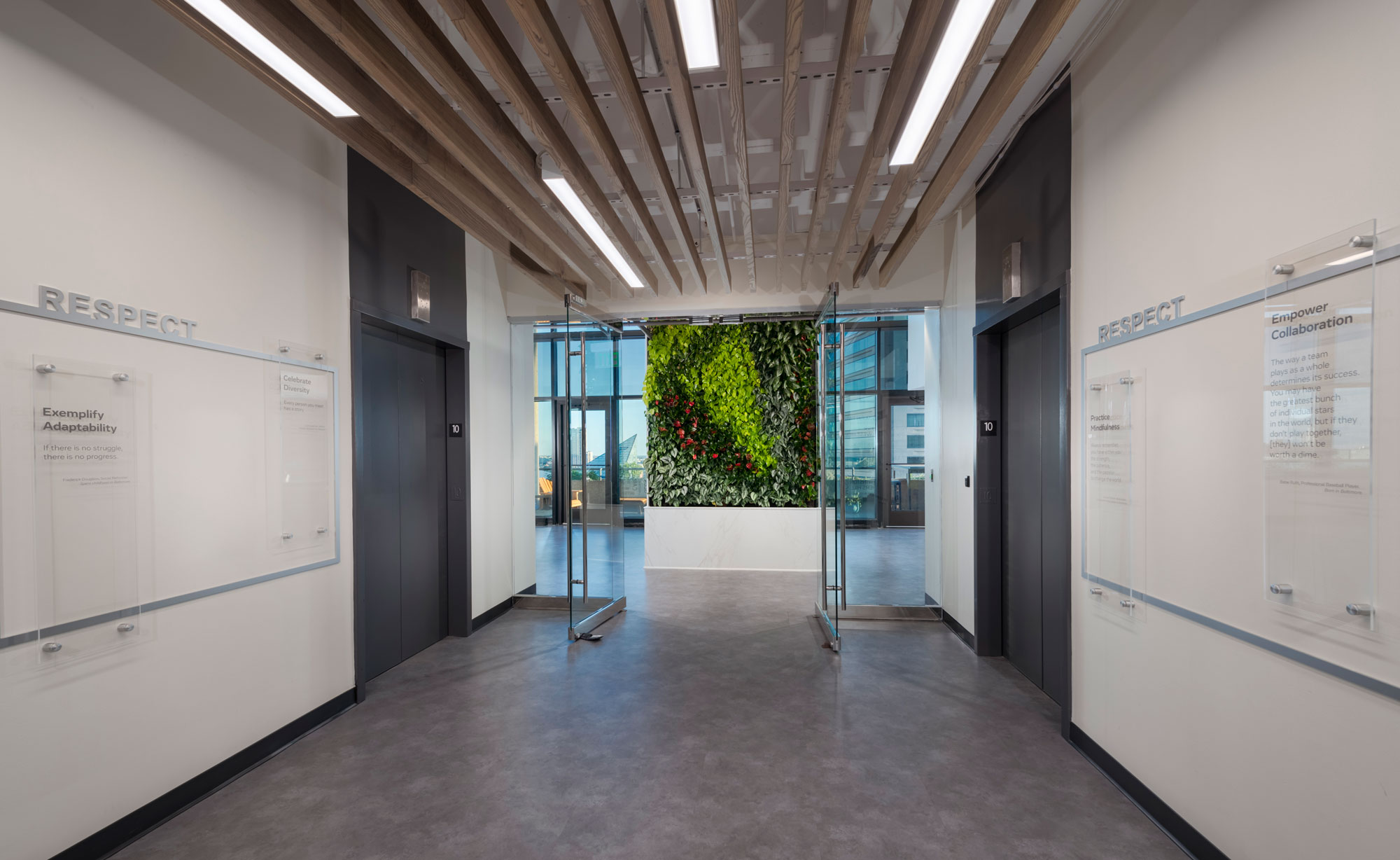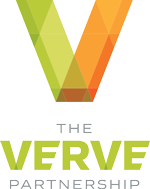INSIGHT/OUT: The Office. Still not Dead. Just Different.
By Kelly Ennis, Erin Deason & Abi Knipscher
It's been seven months since we went home. Seven months and yet most are still not back to work in the office. Those who are deemed essential are working and have been, tirelessly, since March, although very few of them in the traditional office sense.
As we continue to read articles and participate in peer group conversations, we’ve noticed that these forums are still asking the same questions as they were seven months ago. While it's apparent that most reentry plans will observe CDC guidelines, these are continually updated as new research evolves.
With so much prognosticating one might think the perfect back to work solution exists and just hasn't been shared, that the new normal has been defined or that the great debate about home office versus corporate office has reached a resolution.
Despite this abundance of information, there are still many unknowns for how corporate real estate demand is going to be shaped in the immediate and long-term future.
The shared and common opinion between workplace strategists and internal commercial real estate representatives in the corporate sector (i.e. Condecco, Fidelity), note that, while the concept of social distancing is real and observance is critical, what is more plausible is creating safe spaces where people can meet and socialize.
The noise surrounding this topic is deafening.
The office can become a destination, when planned and designed correctly, a place that requires a cultural shift from clocking in and clocking out, doing your time, sitting at a desk in the traditional sense for 8-12 hours a day. Our bodies are meant to move, to be inspired, to socialize and to do it all with peace of mind.
Workplace solutions once considered innovative may become mainstream as a result of their effectiveness in responding to the COVID-19 pandemic. What separates these solutions from simple space planning is that they require design thinking/workplace strategies-from the inside out. We at Verve have been exploring such solutions for the past ten years and believe them to be just the approach that companies are currently searching for.

- Finally the acceptance of integrated coworking spaces.
These spaces build economies, businesses and communities and truly understand the common sense approach to a successful coworking experience. Examples on the regional level include IndyHall, Betamore, CIRQL, and The MIC. On the national level, Industrious and Convene.
- Early discussion (i.e. change management) around the relationships between the physical workplace, human behavior, and organizational development.
At Verve, this is what we refer to as People and Place.
- True brand to space alignment
This is Purpose. To live your company’s purpose is a game changer-internally and externally. In the words of the great Marty Neumeir;
“A brand is a person’s gut feeling about a product, service or company. It is a gut feeling because we are emotional intuitive beings…”
~ Marty Neumeir
(In our words: Brand is an external reflection of an internal culture-it most certainly is NOT a color palette, or a logo, or paint on a wall. or a pool table…)
● Experience First
This is ever changing due to generational workplace shifts but the unique challenge of integrating the tangible and virtual experience makes this a fantastic problem to solve.
● Designing for Empathy and Equity
Given where we are in this world, there is no time like the present to listen and empathize.
● Structured distributed work from home programs
If a company didn’t have one before, they do now, and the opportunity has risen for it to be stronger than ever.
● Well Building Design
Biophilic Design1 contributes to the productivity, health and mental well- being of individuals. Employers are aware more than ever of the effects of isolation that living in a pandemic has brought to light. This also ties directly into access to natural light, integrating “green” whether it be living walls or access to gardens, improved air flow, outdoor air intake and/or improved ventilation.

This pandemic has taught us that we can work from home, however, currently many people have feelings of isolation, loneliness and miss the physical connection to other people.2 Zoom is not a replacement for physical engagement. This is encouraging organizations to come up with specific, yet innovative ways of engaging their now distributed workforce, ensuring that no employee feels detached from the whole. As the forced “work from home” model subsides, and a structured distributed model takes its place, a new collaborative workplace transformation will take shape. There is no doubt that this “new” collaborative workplace is really an innovative form of coworking.
Strong and successful coworking operations have three common characteristics:
1. They create feelings of belonging,
2. They provide a sense of community and
3. Offer reliable services. Basic services, such as access to mail, parking and dependable WiFi are critical functions of both a coworking community and a collaborative corporate workplace.
What true coworking facilities do well, in addition to creating community and having reliable services, is that they are specifically designed to be spaces where people want to come to work. Community managers, not to be confused with building or facility managers, curate and support these communities and serve as brand ambassadors to both the coworking organization and the companies that occupy the space.
So, where is this going?
At this writing, creating blended workplaces using coworking facilities as a hub and spoke model, rather than full blown corporate offices or headquarters, may be a more financially viable option for companies who are rethinking the way they do business or lease space. This already exists, to some degree, with forward thinking companies, but it is not yet commonplace. This approach could be another catalyst for coworking, as organizations reconsider how they negotiate leases, at least for the short term.
“Coworking spaces can play a massive role in shifting our relationship with work to be one that is more intentional, collaborative holistic and positive.”
~Tony Bacigalupo. Founder of New Work Cities
Another option is that corporate organizations may trade owned workspaces for a shared model that promotes choice for employees to stagger and choose a place to work where they feel safe. This can only be possible if implementation of clean desk policies and protocals3 are taken seriously and followed precisely. This approach ultimately affects how work is done and decreases people density while not necessarily decreasing square footage.
A successful blended workplace will certainly need to ask the right questions, understand the human need for connection and balance the right model of remote work. The office will be a place where people want and choose to go if they feel safe. If they don’t, they should have the opportunity to still be part of a supported environment where they can collaborate virtually. And while we don’t know where the market will go, we do know that the office experience will be even more critical as organizations provide the office destination as an option.
As a result of this ongoing pandemic, organizations have been bombarded with the immediate need to understand the types of work styles they must provide in order to support employees, encourage productivity and maintain engagement. It’s taken months of learning and we’re not done yet. Space considerations will still revolve around great design with ample light, increased air flow, social connections and access to things people need like meeting rooms and strong Wi-Fi.
At the end of the day, people want a great experience. We can create this experience by keeping the workplace relevant and simple, connecting a community of humans in a way that makes them feel safe, connected while performance and productivity improve.
How can we help your organization?
- Biophilia: increase occupant connectivity to the natural environment using direct nature, indirect nature, and space and place conditions.
- New York Times March 18, 2020 https://nyti.ms/33DRX3T
- Clean desk policies in the age of COVID-19 will result from the need to provide daily disinfection of common high use surfaces. Desks devoid of employee memorabilia will enable the night-time cleaning crew to disinfect all desks thoroughly and efficiently.



